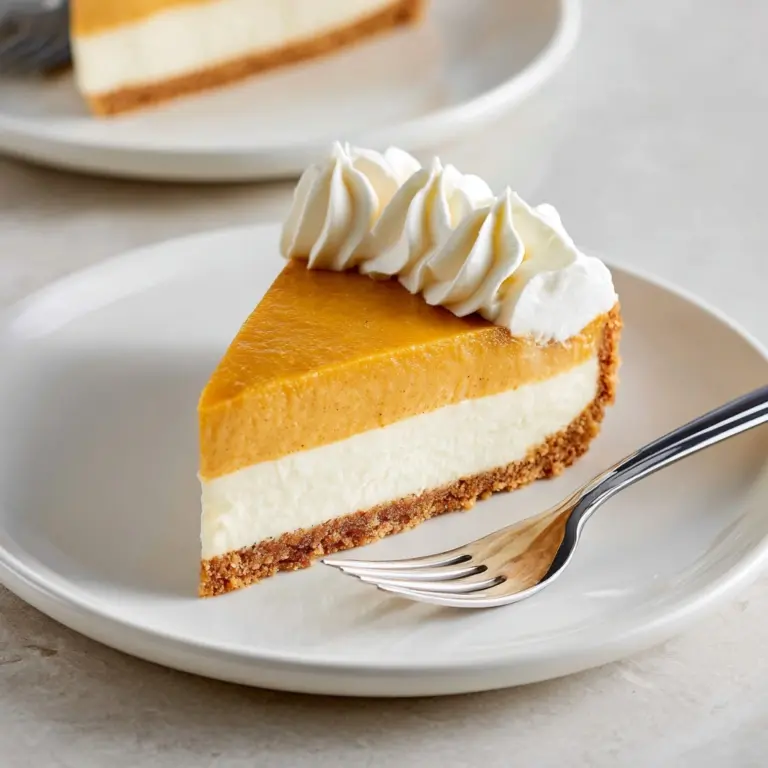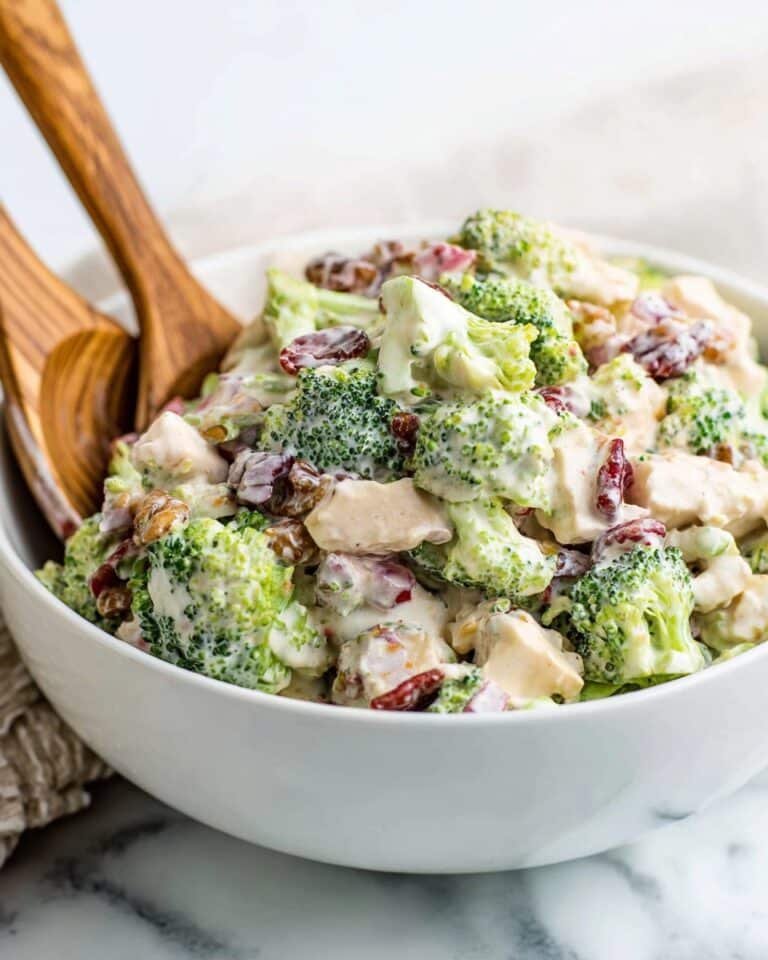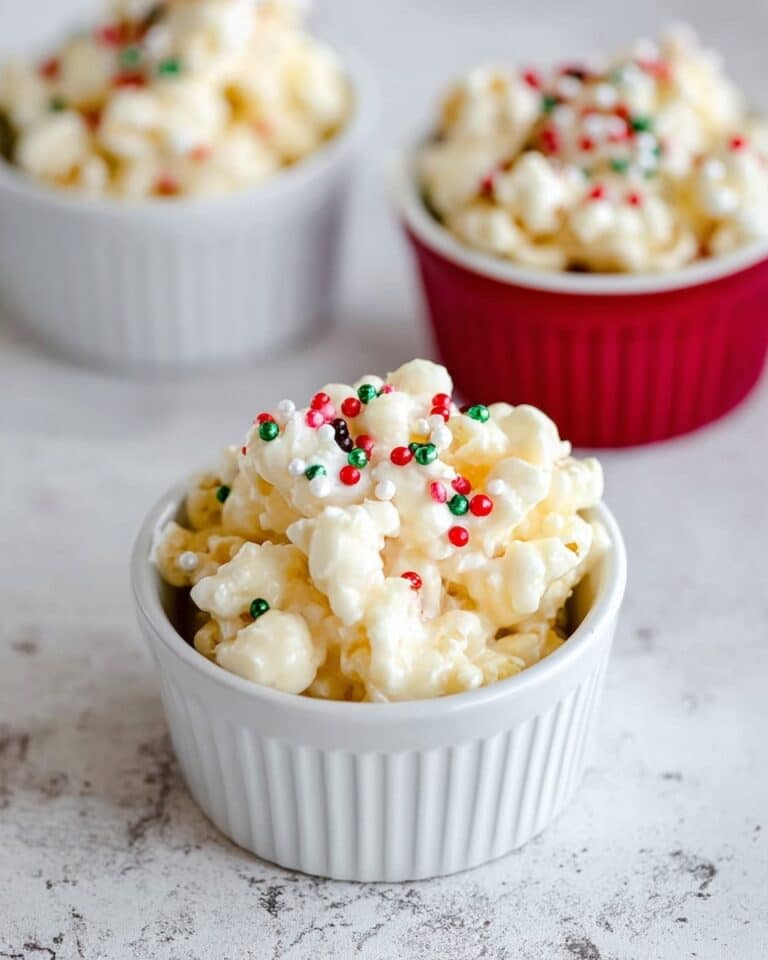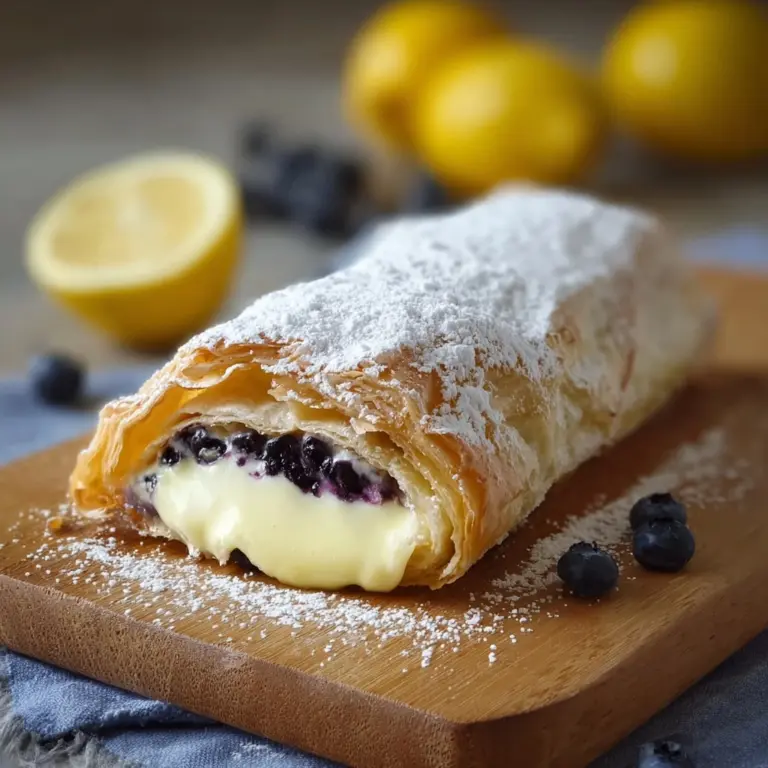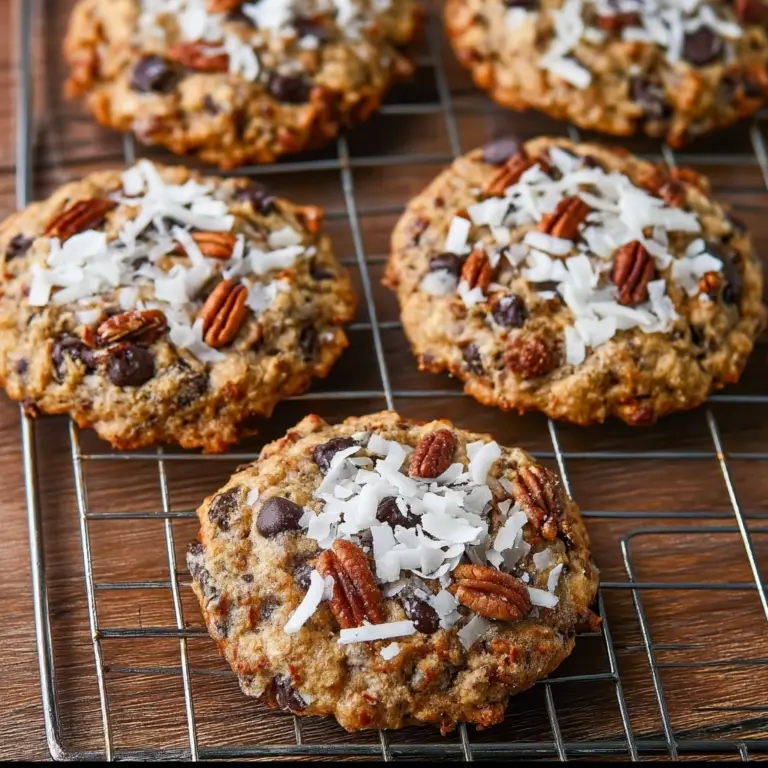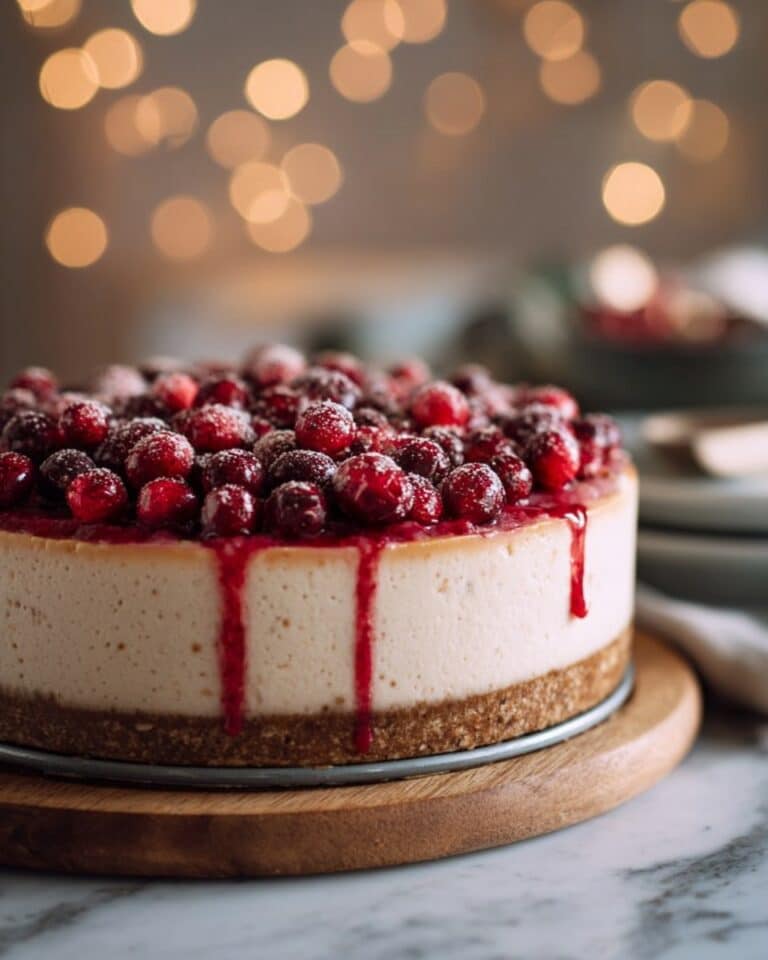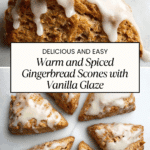Gingerbread Scones Recipe
If you love the cozy warmth of holiday spices and crave something tender yet sturdy enough for a morning pick-me-up, these Gingerbread Scones are an absolute must-bake. Imagine biting into a flaky, buttery scone kissed with molasses and spiced with ginger, cinnamon, and a hint of cloves—each nibble sending you to gingerbread bliss. They are perfect for chilly mornings, teatime treats, or whenever you want that magical hit of comfort wrapped in golden baked goodness. Let me walk you through making these delightful Gingerbread Scones, which balance traditional festive flavors with the satisfying texture of a classic scone.
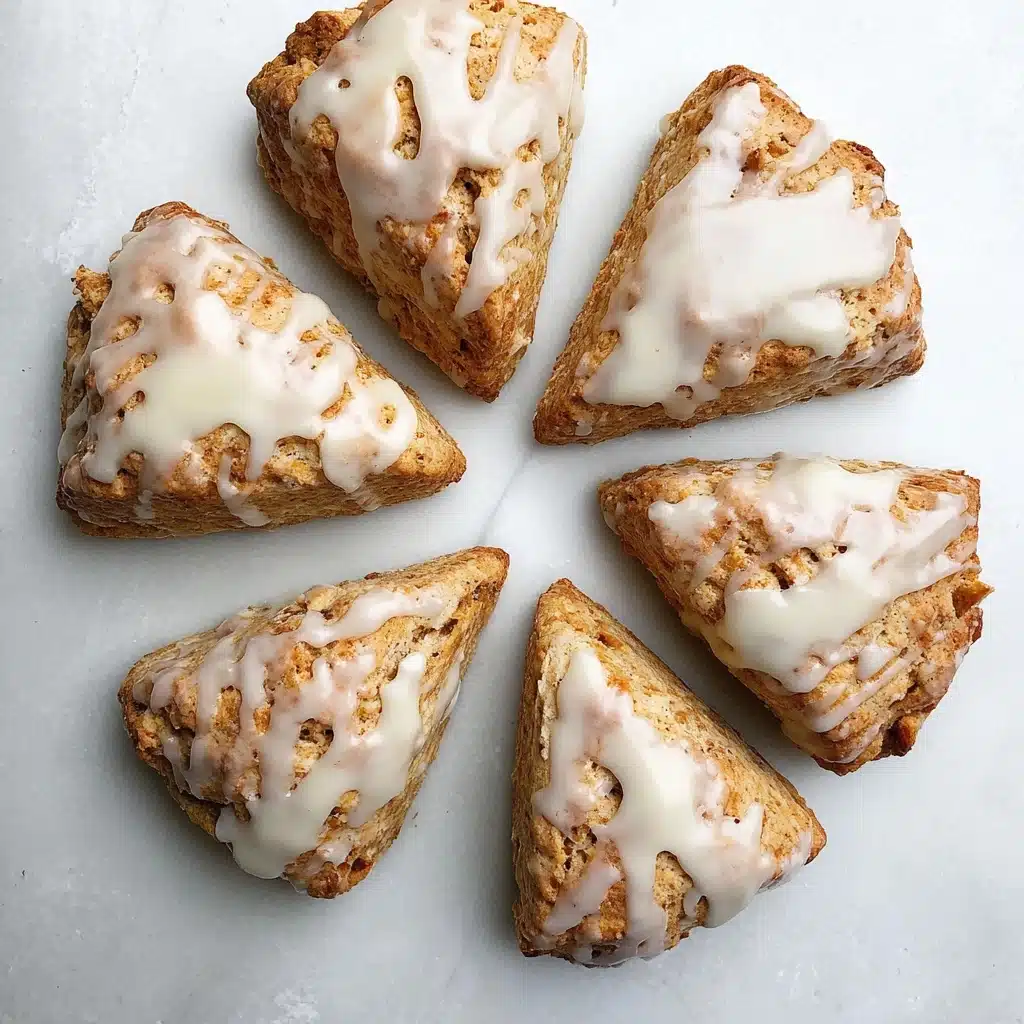
Ingredients You’ll Need
These ingredients are straightforward but pack a punch when combined, creating the perfect flavor profile and texture for your Gingerbread Scones. Each one plays a crucial role—from the spices that bring warmth, to the butter that creates flakiness, to the molasses that adds that signature depth of sweetness and color.
- 3/4 cup half-and-half: Cold dairy that keeps the dough tender and rich while helping it rise.
- 2 tablespoons molasses: Adds a deep, caramel-like sweetness with a touch of bitterness that defines gingerbread flavor.
- 2 cups all-purpose flour: The backbone that provides structure and body to your scones.
- 1 tablespoon ground ginger: The star spice that gives these scones their signature bite and aromatic charm.
- 2 teaspoons ground cinnamon: A sweet, warming counterpoint to the ginger.
- 1/2 teaspoon ground allspice: Adds subtle layers of spiciness reminiscent of cloves and cinnamon.
- 1/2 teaspoon ground nutmeg: Brings a mellow nuttiness and warmth.
- 1/8 teaspoon ground cloves: A pinch that introduces a deep, slightly smoky undertone.
- 2 tablespoons dark brown sugar: Enhances moisture and complements the molasses flavor perfectly.
- 2 teaspoons baking powder: Your leavening agent for light, fluffy scones.
- 1/2 teaspoon Kosher or sea salt: Balances the sweetness and elevates all the flavors.
- 1/2 cup (1 stick) unsalted butter: Very cold and cut into pieces, this creates flaky layers and rich flavor.
How to Make Gingerbread Scones
Step 1: Prep Your Ingredients and Oven
Start by preheating your oven to 425°F and lining a baking sheet with parchment paper — this ensures your scones bake evenly and don’t stick. Then, whisk together the molasses and half-and-half in a small bowl and chill it in the refrigerator; this chilled mixture will bring moisture and that characteristic gingerbread color to the dough.
Step 2: Combine Dry Ingredients and Cut in the Butter
In a large bowl, whisk your flour, spices, brown sugar, baking powder, and salt. Here, the warm spices intermingle beautifully, setting the stage for that signature gingerbread scent. Next, use a pastry blender (or two forks if you don’t have one) to cut the cold butter into this dry mix until the butter pieces are pea-sized. This step is key for a flaky, tender crumb texture.
Step 3: Mix in the Molasses-Half-and-Half
Retrieve the chilled molasses and half-and-half mixture and gently fold it into the flour and butter mixture using a rubber spatula or wooden spoon. Stir just until the dough begins to come together – overmixing will make your scones tough, so patience is essential here.
Step 4: Shape and Cut the Dough
Turn your slightly sticky dough out onto a generously floured surface. With floured fingers, pat it into a 1-inch thick round disc. Use a floured chef’s knife (never serrated) to slice the dough into 8 equal wedges—classic scone shapes ready for the oven.
Step 5: Bake to Golden Perfection
Arrange the wedges on your prepared baking sheet, spacing them 2 inches apart. Brush the tops lightly with additional half-and-half for a beautiful golden crust. Pop them in the oven for 15 to 20 minutes. You’ll know they’re done when they spring back lightly to a gentle touch and have turned a warm golden brown.
Step 6: Glaze and Finish
While the scones cool on a wire rack set over parchment, whisk together confectioner’s sugar, salt, half-and-half, and vanilla to make a smooth glaze. Drizzle generously over the still-warm scones. This glaze adds a sweet, silky finish that perfectly complements the spice and molasses.
How to Serve Gingerbread Scones
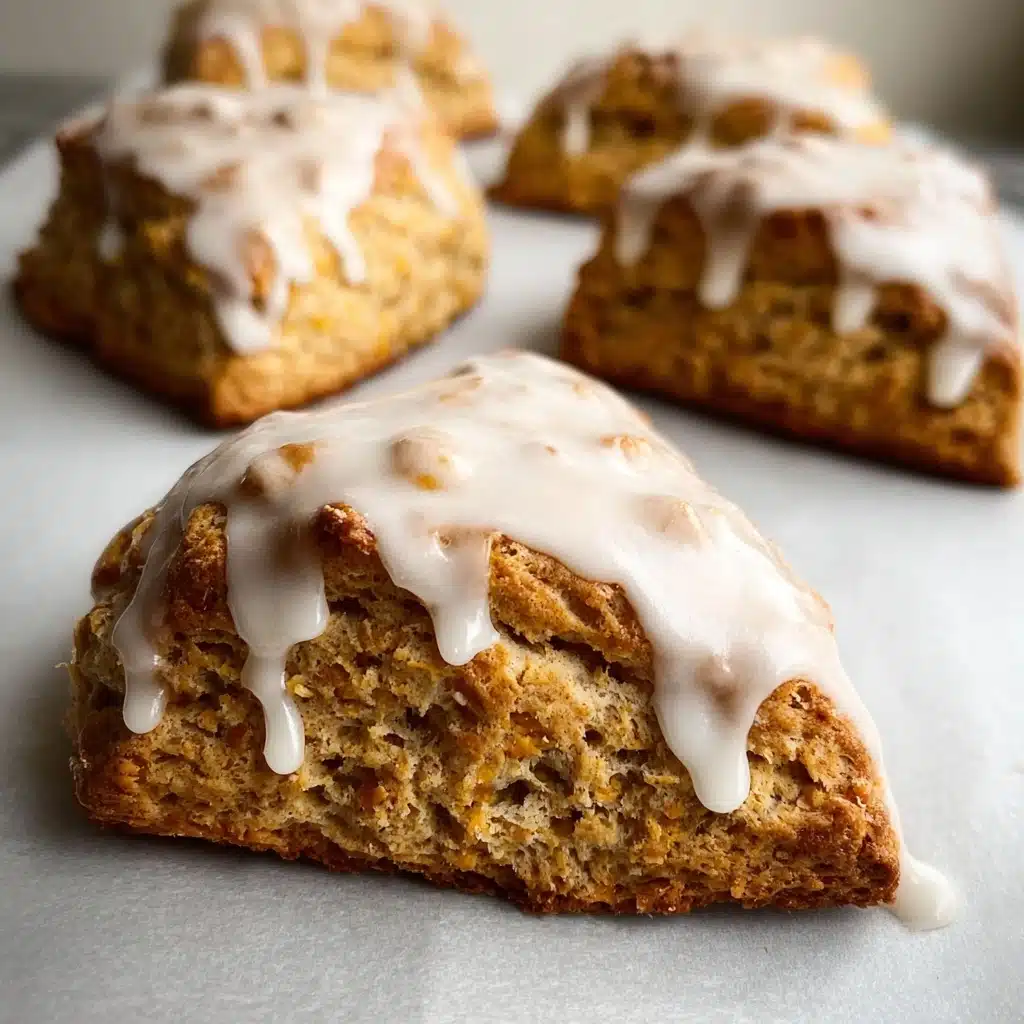
Garnishes
For a classic presentation, a simple dusting of powdered sugar before glazing can add an elegant touch. If you’re feeling festive, sprinkle finely chopped crystallized ginger or a pinch of cinnamon on top of the glaze for extra zing and texture.
Side Dishes
Gingerbread Scones pair beautifully with a hot cup of chai tea, coffee, or rich hot chocolate. For a heartier breakfast, offer alongside lightly whipped butter or even a smear of cream cheese sweetened with a touch of honey or maple syrup.
Creative Ways to Present
Serve these scones on a rustic wooden board adorned with sprigs of fresh rosemary or cinnamon sticks for a cozy vibe. For entertaining, stack them with layers of sliced fresh fruit and dollops of clotted cream or mascarpone on the side — a delightful mix of textures and flavors your guests will adore.
Make Ahead and Storage
Storing Leftovers
Your Gingerbread Scones taste best fresh but can be stored in an airtight container at room temperature for up to 48 hours without losing their tender crumb texture. Keep them covered to prevent drying out.
Freezing
If you want to savor gingerbread goodness anytime, freeze the unbaked wedges on a parchment-lined baking sheet first, then transfer them to a labeled freezer bag. They’ll keep beautifully for up to three months. When ready, bake straight from frozen by brushing with half-and-half and adding a few extra minutes to the baking time.
Reheating
To bring leftover or frozen-baked scones back to life, warm them in a 350°F oven for about 5-7 minutes until heated through and slightly crisp on the outside. Avoid microwaving, which can make them tough or gummy.
FAQs
Can I substitute the half-and-half with milk?
Yes, but for the richest flavor and tender crumb, half-and-half or even cream is ideal. Milk works but may slightly reduce the moisture and richness of the scones.
What type of molasses should I use?
Use regular molasses (like Grandma’s Original or Brer Rabbit) for the best flavor. Blackstrap molasses is more bitter and less sweet and not recommended for these scones.
Can I make these scones gluten-free?
You can try a gluten-free all-purpose flour blend, but results may vary because gluten contributes to the traditional scone texture. Add extra xanthan gum if your blend lacks it to help with structure.
How do I prevent my scones from drying out?
Don’t overbake your Gingerbread Scones, and store them in an airtight container once cooled. Brushing with half-and-half before baking also helps keep the crust tender and moist inside.
What can I use if I don’t have a pastry blender?
Two forks work just fine to cut the cold butter into the flour mixture. Alternatively, you can pulse the ingredients briefly in a food processor, but be careful not to overmix.
Final Thoughts
I genuinely hope you give these Gingerbread Scones a try because they bring together everything wonderful about holiday baking in a warm, tender package. Whether it’s a leisurely weekend brunch or a cozy afternoon treat by the fire, these scones will brighten your kitchen and your day. Happy baking, and may your scone cravings be forever satisfied!
Print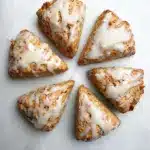
Gingerbread Scones Recipe
- Total Time: 35 minutes
- Yield: 8 large scones 1x
- Diet: Vegetarian
Description
Deliciously spiced gingerbread scones with a rich molasses flavor, coated with a sweet vanilla glaze. Perfect for a cozy breakfast or afternoon tea, these scones are tender, aromatic, and easy to prepare. Adapted from Dinner With Julie’s Maple Scones, this recipe yields 8 large scones with warm gingerbread spices and a luscious glaze.
Ingredients
Scones
- 3/4 cup half-and-half, very cold, plus more for brushing
- 2 tablespoons molasses (regular, not blackstrap)
- 2 cups all-purpose flour
- 1 tablespoon ground ginger
- 2 teaspoons ground cinnamon
- 1/2 teaspoon ground allspice
- 1/2 teaspoon ground nutmeg
- 1/8 teaspoon ground cloves
- 2 tablespoons dark brown sugar
- 2 teaspoons baking powder
- 1/2 teaspoon kosher or sea salt
- 1/2 cup (1 stick) unsalted butter, very cold, cut into pieces
Glaze
- 1 cup confectioner’s sugar
- Pinch of kosher or sea salt
- 3 tablespoons half-and-half
- 1 teaspoon pure vanilla extract
Instructions
- Prepare molasses mixture: Use a fork to whisk together the 2 tablespoons molasses and 3/4 cup very cold half-and-half. Set this mixture in the refrigerator to keep chilled while preparing the dry ingredients.
- Mix dry ingredients: In a large mixing bowl, whisk together 2 cups all-purpose flour, 1 tablespoon ground ginger, 2 teaspoons ground cinnamon, 1/2 teaspoon ground allspice, 1/2 teaspoon ground nutmeg, 1/8 teaspoon ground cloves, 2 tablespoons dark brown sugar, 2 teaspoons baking powder, and 1/2 teaspoon kosher or sea salt until combined.
- Cut in the butter: Using a pastry blender or two forks, cut the very cold 1/2 cup unsalted butter pieces into the dry mixture until the largest bits are pea-sized. This helps create a flaky texture in the scones.
- Combine wet and dry: Remove the molasses and half-and-half mixture from the refrigerator and pour it into the flour mixture. Stir gently with a rubber spatula or wooden spoon until the dough just comes together. Avoid over-mixing to keep scones tender.
- Shape and slice dough: Turn the dough out onto a very well-floured surface. Using floured fingertips, press it into a large disc about 1 inch thick. With a floured chef’s knife (not serrated), cut the disc into 8 equal wedges.
- Prepare for baking: Transfer the wedges to a parchment-lined baking sheet, spacing them at least two inches apart. Brush the tops lightly with additional half-and-half to promote browning during baking.
- Bake the scones: Preheat the oven to 425°F (220°C). Bake the scones for 15-20 minutes until they are golden and bounce back when pressed gently with your finger. Remove from oven and transfer scones to a cooling rack placed over parchment paper.
- Make the glaze: In a small bowl, whisk together 1 cup confectioner’s sugar and a pinch of kosher or sea salt. Gradually whisk in 3 tablespoons half-and-half and 1 teaspoon pure vanilla extract until smooth and fully combined. Adjust consistency if necessary by adding more half-and-half to thin or sugar to thicken.
- Glaze the scones: Drizzle the glaze over the warm scones. Serve immediately or allow the glaze to set for about one hour for best presentation.
Notes
- Use regular molasses such as Grandma’s Original or Brer Rabbit, not blackstrap molasses, for best flavor.
- If a pastry blender is unavailable, two forks can be used to cut in the butter.
- A sharp, floured chef’s knife should be used for cutting the dough; avoid serrated knives to prevent ragged edges.
- Adjust the glaze thickness by adding half-and-half one tablespoon at a time to thin, or confectioner’s sugar in 2 tablespoon increments to thicken.
- Scones are best enjoyed the day they are made but can be stored covered at room temperature for up to 48 hours.
- Freeze unbaked scone wedges on a lined sheet pan, then transfer to a labeled freezer bag for up to three months. Bake frozen scones at 425°F for 17-22 minutes, brushing tops with half-and-half before baking.
- Prep Time: 15 minutes
- Cook Time: 15-20 minutes
- Category: Breakfast, Snack, Bakery
- Method: Baking
- Cuisine: American
Nutrition
- Serving Size: 1 scone
- Calories: 280 kcal
- Sugar: 12 g
- Sodium: 230 mg
- Fat: 14 g
- Saturated Fat: 8 g
- Unsaturated Fat: 5 g
- Trans Fat: 0 g
- Carbohydrates: 32 g
- Fiber: 1 g
- Protein: 4 g
- Cholesterol: 40 mg
Keywords: gingerbread scones, molasses scones, spiced scones, holiday baking, breakfast scones, glazed scones

